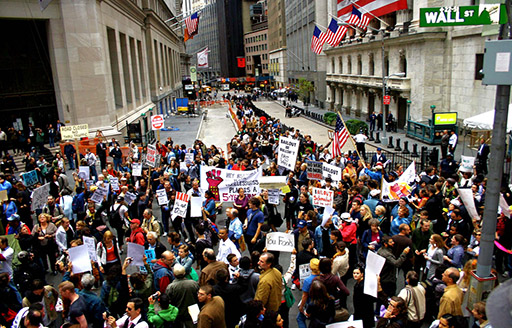Week 5: Generating good conflict in collaborative leadership
Introduction
This week takes the provocative step of arguing that we need more conflict in leadership. By ‘conflict’ we mean those interventions where people in organisations push and question one another. Conflict is often something people shy away from, that they think of in negative terms, as associated with arguments and general unpleasantness. This is true up to a point. We will not be talking about very personal conflicts, or conflicts that are conducted to undermine people behind their backs. Such conflict makes for toxic organisations, places where none of us want to work.
Instead, this week is going to address the importance of constructive conflicts – a form of conflict that opens new possibilities. Such conflicts are usually targeted at issues that matter for organisations, or at issues that should matter for organisations. In addition, they are also connected strongly to identity – this is because good conflict inevitably means that you are exploring the gaps and limitations in the way each of us sees the world. Good conflicts stretch identity and leadership practice.
You could read the material this week as a manager who wishes to manage a more challenging ethos of collaborative leadership amongst teams and partnerships; you could read the material as someone who wants to generate more challenge in a hands-on way; or you could read the material with both ends in mind.
This week will be divided into two sections. The first will address ways in which you can generate good conflict within your organisation – in discussions with colleagues and as a means of stretching and improving upon ideas and values. This is about viewing conflict as an everyday practice. The second will address challenging as something that happens between organisations, in particular, in the relationship between voluntary organisations and government. This is about approaching challenging as a guiding ethos.
By the end of this week you will be able to:
- define agonism and agonistic conflict in the context of the voluntary sector
- experiment with agonistic practices at work
- reflect on your experiences and plan for future agonistic practice
- reflect on the potential for agonism as an ethos that can inform the relationship between the voluntary sector and other organisations.

